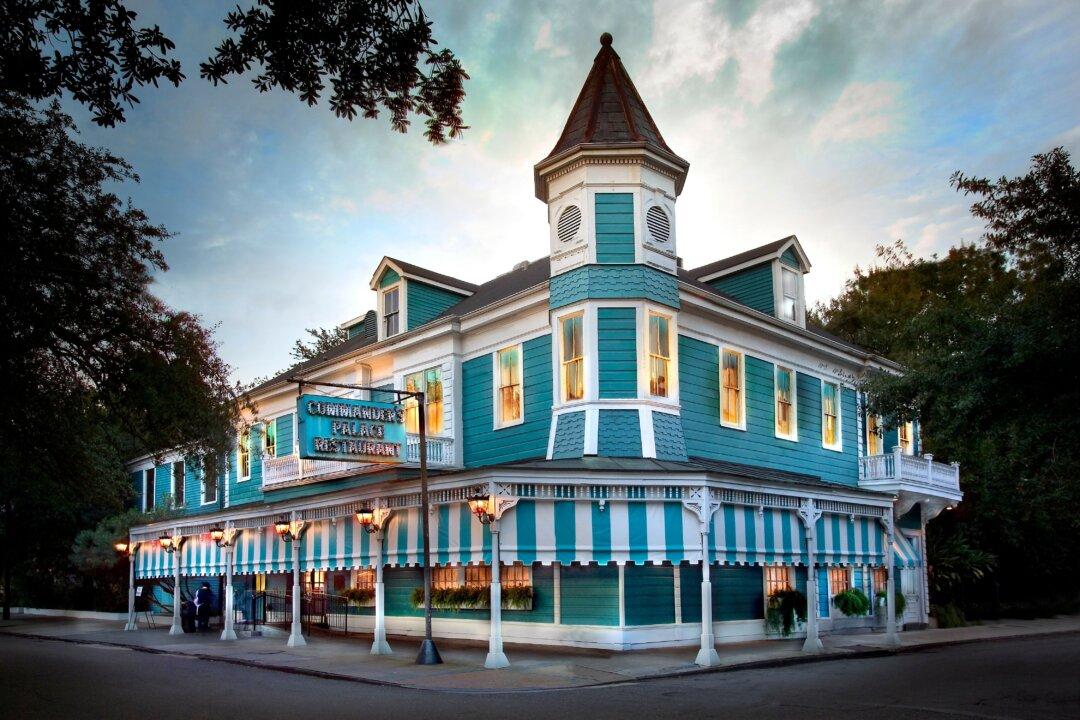Kentucky is frequently called “The Bluegrass State,” referring to a species of pasture grass you can see driving along the country roads (as opposed to a particular style of music). However, in food and drink circles, Kentucky is better known as “The Birthplace of Bourbon.”
Also known as Kentucky Straight Whiskey, this smooth, caramel-colored spirit is a source of pride to the locals and a vibrant part of Kentucky’s heritage and economy.





